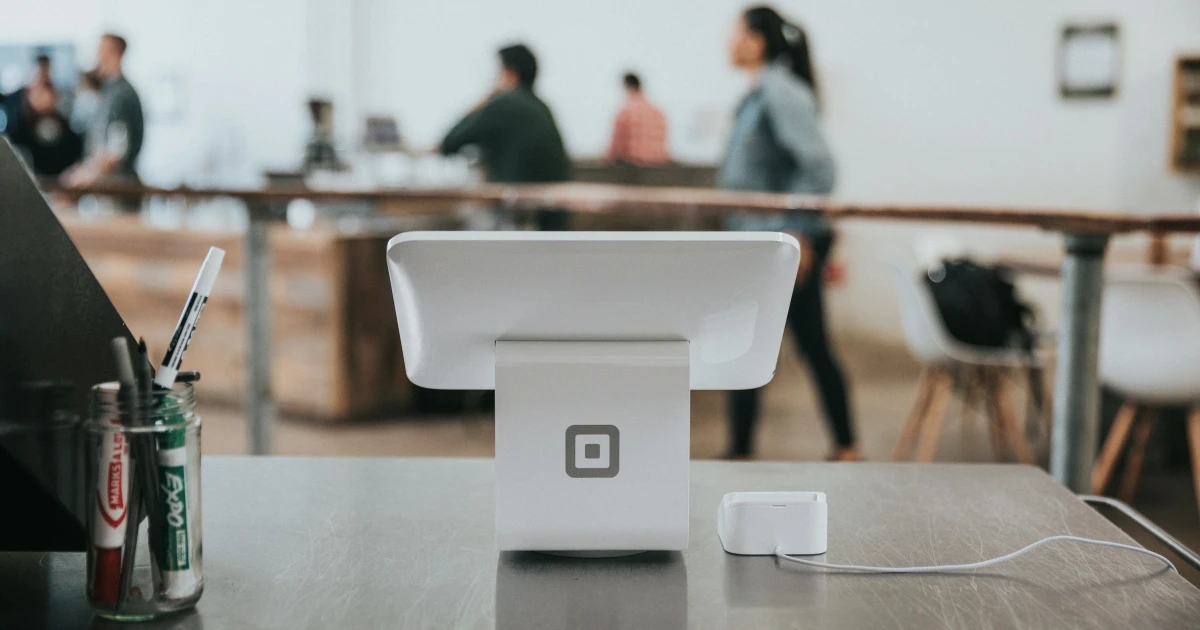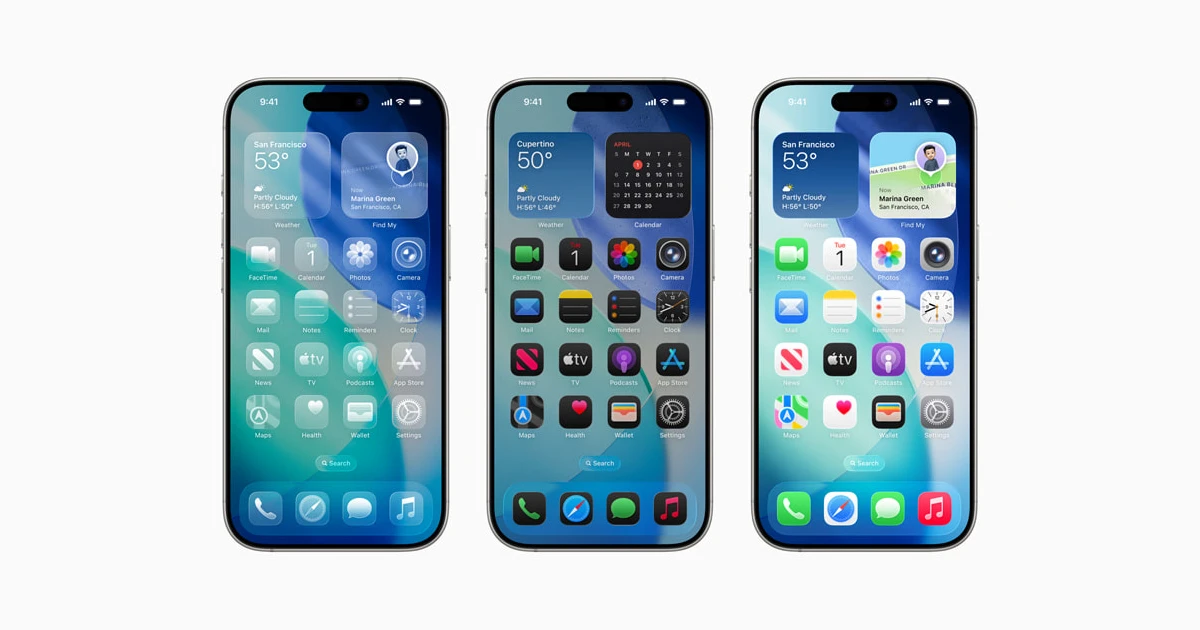1. AI and Machine Learning in Cybersecurity
Artificial intelligence (AI) and machine learning (ML) are becoming essential tools for cybersecurity professionals. In 2025, AI will play a key role in detecting and responding to threats faster than human teams could. AI-driven security systems will be able to analyze vast amounts of data to identify abnormal patterns and behaviors indicative of a potential cyberattack. These systems will also be capable of learning from past incidents, continually improving their ability to detect new threats.
AI will also help with automated responses to attacks, significantly reducing response times and minimizing damage. However, this technology will be a double-edged sword, as cybercriminals may also employ AI to launch more sophisticated attacks. Therefore, staying ahead of malicious AI requires constant vigilance and investment in AI-enhanced security solutions.
2. Zero-Trust Security Models
The traditional approach to cybersecurity, which relies on securing the perimeter of a network, is becoming less effective as organizations increasingly embrace remote work and cloud computing. By 2025, the zero-trust security model will become the standard for many organizations.
The zero-trust approach operates on the premise that no one, whether inside or outside the network, can be trusted by default. Every access request, regardless of where it originates, must be authenticated and authorized before it is granted. This model reduces the risk of data breaches and lateral movement by attackers within the network. Implementing multi-factor authentication (MFA), least-privilege access and continuous monitoring will be critical components of zero-trust environments.
3. Ransomware and Cybercrime Escalation
Ransomware attacks have already caused billions of dollars in damages, and experts predict that the threat will continue to grow in 2025. Cybercriminals are becoming more sophisticated, using advanced techniques to infiltrate networks, encrypt files, and demand hefty ransoms in return for decryption keys. With the increasing frequency and complexity of ransomware attacks, both individuals and organizations need to be proactive in securing their systems.
Preventive measures, such as frequent data backups, software patching, and employee training to recognize phishing attempts, will be essential to protecting against ransomware. Additionally, security solutions that can detect and block ransomware in real time, alongside strong incident response plans, will help mitigate the impact of these attacks.
4. Cloud Security and Data Privacy
As more businesses and individuals move to cloud-based services, cloud security will continue to be a top priority. By 2025, a significant portion of sensitive data will reside in cloud environments, which makes it a prime target for cyberattacks. Cloud providers are continuously improving their security protocols, but organizations must also take responsibility for securing their cloud infrastructure, particularly when it comes to ensuring proper configuration and access control.
Data privacy regulations, such as the European Union’s General Data Protection Regulation (GDPR), will evolve to address the growing concerns about how personal data is stored and used in cloud environments. Businesses will need to comply with these regulations while maintaining robust security practices. This will involve encryption, secure access management, and regular audits to ensure that cloud systems remain protected.
5. 5G Networks and Expanded Attack Surface
The rollout of 5G networks is expected to significantly boost internet speed and connectivity. However, it will also expand the attack surface for cybercriminals. In 2025, with 5G’s widespread adoption, more devices and systems will be connected, increasing the number of potential vulnerabilities that hackers can exploit. The sheer volume of connected devices, also known as the Internet of Things (IoT), will be a challenge for cybersecurity professionals to manage.
To stay protected, organizations and individuals will need to adopt stricter IoT security standards, ensuring that connected devices are secure and monitored at all times. Additionally, as 5G technology evolves, so will the strategies employed by cybercriminals, meaning that proactive measures like threat intelligence sharing and advanced encryption will be crucial for securing these networks.
6. Quantum Computing and Cryptography
While quantum computing promises to revolutionize industries, it also presents a significant threat to current encryption methods. In 2025, advancements in quantum computing could make existing encryption algorithms obsolete, rendering data protection measures vulnerable. To prepare for this emerging threat, organizations must begin exploring quantum-resistant cryptographic solutions that can withstand the power of quantum computing.
Transitioning to quantum-safe encryption protocols will be a long-term effort, but taking early action to safeguard data from future threats will be key to ensuring long-term security.
The digital world is continuously evolving, and so are the threats that come with it. In 2025, the cybersecurity landscape will be shaped by advancements in AI, the proliferation of cloud-based services, the rise of zero-trust models, and the ongoing battle against ransomware and cybercrime. To stay protected, individuals and organizations will need to adopt proactive cybersecurity measures, invest in emerging technologies, and stay informed about new threats. As cyberattacks grow in sophistication, a layered approach to security—combining advanced tools, education, and vigilance—will be crucial to safeguarding our digital future.
You can see here more about how to defend yourself in the digital world!

















